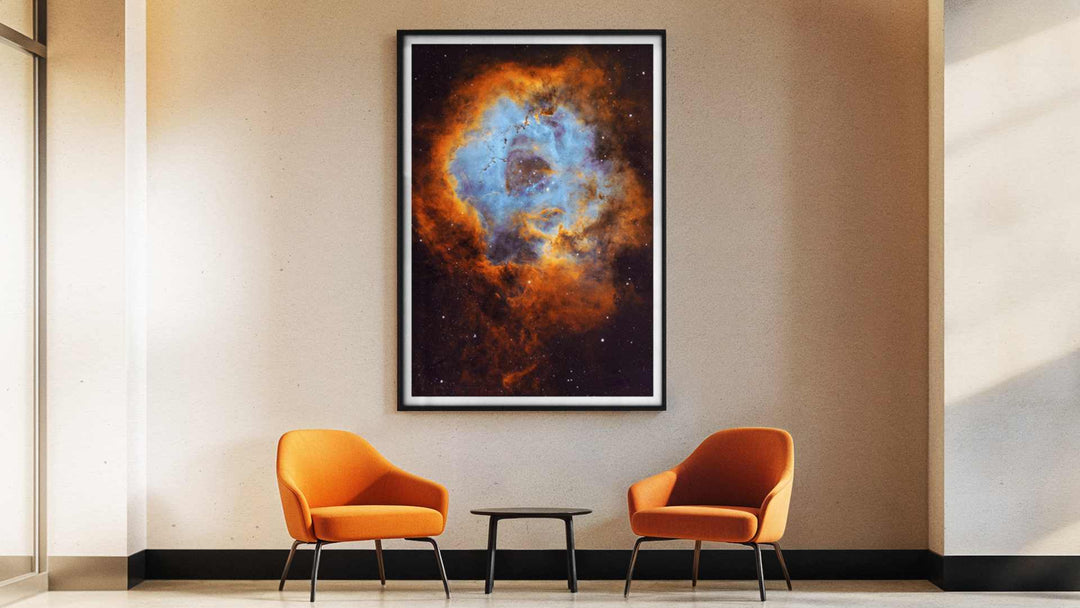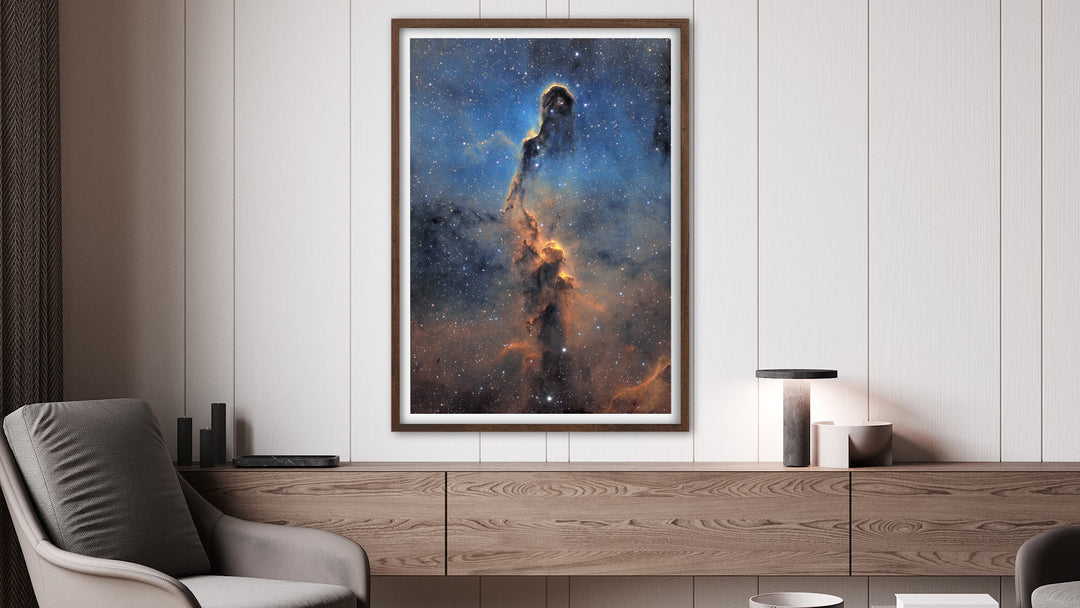Night Sky above Mauna Kea Observatory Panorama: Where Science Touches the Stars
At 14,000 feet above the Pacific Ocean, where the air holds two-thirds the oxygen you're used to breathing and winds cut through thermal layers like razors, there exists a place that belongs equally to Earth and cosmos. Mauna Kea—a dormant Hawaiian volcano that hosts humanity's most powerful eyes on the universe.
In February 2025, Polish astrophotographer Marzena Rogozińska climbed to 4,200 meters and spent hours in conditions that would send most people back to sea level. Freezing temperatures. Altitude sickness threatening with every movement. Wind that makes precise camera work nearly impossible.

She came home with this: a sweeping panoramic masterpiece that captures the Galactic Center of our Milky Way arcing over thirteen world-class telescopes—the same observatories that discovered exoplanets, measured supermassive black holes, and expanded our understanding of dark matter.
This isn't just a photograph. It's a document of where human ambition meets cosmic majesty, taken from the finest astronomical observing site in the Northern Hemisphere.
The Observatory at the Edge of Space
Mauna Kea is positioned in what astronomers call the "sweet spot" of ground-based observation. The summit sits above 40% of Earth's atmosphere and 90% of its water vapor, providing conditions so pristine that the site achieves Bortle Class 1 darkness—the darkest classification possible.
Thirteen telescopes from eleven countries operate here, representing billions in research investment. The twin Keck Observatories, with their 10-meter mirrors, discovered the first Earth-sized rocky exoplanet. The Subaru Telescope identified Kuiper Belt objects for NASA's New Horizons mission. The Gemini North detected the nearest known black hole to Earth.
The combined light-gathering power of these instruments exceeds Palomar's historic telescope by fifteen times and the Hubble Space Telescope by sixty times. More groundbreaking astronomical discoveries originate from this single mountaintop than from any other location on Earth.
And Rogozińska captured them all under the Milky Way's most spectacular feature: the Galactic Center.
A Panorama Forged in Extreme Conditions
Creating this image required technical mastery that extends far beyond pointing a camera at the sky. At 4,200 meters, atmospheric pressure drops to levels that induce hypoxia. Cold saps battery life and numbs fingers operating precise equipment. Wind threatens stability during exposures lasting minutes.
Rogozińska executed a complex mosaic technique: three panels of the Milky Way (each requiring 5 separate 180-second exposures), plus two specialized hydrogen-alpha panels (each with 10 separate 240-second exposures) to reveal the deep red emission nebulae invisible to standard imaging. The foreground observatories were photographed separately with three 60-second exposures, then seamlessly merged with the celestial panorama in post-processing.
The result captures structures spanning thousands of light-years: the dense stellar clouds surrounding our galaxy's supermassive black hole, the Rho Ophiuchi complex (one of the closest star-forming regions at just 460 light-years away), the spectacular Carina Nebula with its massive stars and towering gas pillars 8,500 light-years distant, and the intricate dark dust lanes that trace the spiral architecture of the Milky Way.
This level of detail—both scientific and artistic—places this work squarely in museum-grade territory.
Technical Details
-
Date & Location: February 2025, Mauna Kea, Hawaii
-
Camera: Canon R (modified)
-
Lens: Samyang 24 mm
-
Filter: Astronomik Hα clip-in
-
Mount: Sky-Watcher Star Adventurer (SWSA)
-
Sky Exposure: 3 panels (each 5 × 180 s) + 2 Hα panels (each 10 × 240 s)
-
Foreground Exposure: 3 × 60 s
-
Technique: Panoramic mosaic
-
Software: StarStax, Photoshop
 Why This Print Deserves Your Wall
Why This Print Deserves Your Wall
At Astrography, curation is everything. We don't sell every space image that exists—we select photographs that combine documented significance, technical excellence, and genuine artistic vision. This panorama exemplifies that standard:
-
For Art Collectors: A documented work by a NASA Astronomy Picture of the Day-featured photographer, capturing a UNESCO World Heritage candidate site under one of astronomy's most iconic views. Investment-grade space art.
-
For Space & Science Enthusiasts: Own a piece that shows where humanity reaches furthest into the cosmos—the actual telescopes that discovered exoplanets, black holes, and galaxies dominated by dark matter, all beneath the structure of our home galaxy.
-
For Interior Designers: The panoramic format (ideal for spaces requiring horizontal emphasis) combines the warmth of terrestrial architecture with the cool majesty of deep space. Perfect for executive offices, astronomy departments, science centers, or homes where intellectual curiosity meets aesthetic sophistication.
-
For Those Building Meaningful Spaces: This isn't decoration—it's inspiration. Every telescope dome in this frame represents decades of human ingenuity. Every nebula represents stellar nurseries where new solar systems are forming right now. It's a visual reminder that we live in an age of cosmic exploration.
-
For Exceptional Gift Seekers: Give someone the universe as seen from Earth's finest vantage point, captured by an internationally recognized astrophotographer who endured altitude, cold, and wind to bring this vision home.
Printed to Museum Standards, Built to Last Centuries
Our Fine Art Giclée prints utilize archival media with a certified 200+ year lifespan, preserving every subtle gradation from the bright Galactic Center to the faintest hydrogen emission regions. Color accuracy is paramount—the reds of emission nebulae, the yellows and blues of stellar populations, the deep blacks of dust lanes—all rendered precisely as captured under Mauna Kea's pristine skies.
For budget-conscious collectors, our high-quality poster option delivers the same striking visual impact at an accessible price point, perfect for students, educators, or anyone beginning their space art collection.
Bring Earth's Connection to the Cosmos Into Your Space
Mauna Kea represents humanity's deepest reach into the universe from a ground-based location. The observatories in this image have reshaped our understanding of existence itself—from proving dark matter's dominance to imaging worlds orbiting distant suns.
Rogozińska's panorama captures that achievement in a single, breathtaking frame. It's where the scientific meets the sublime, where human infrastructure becomes part of the cosmic landscape rather than separate from it.
Whether you're decorating an office, inspiring a classroom, building a collection, or seeking a piece that sparks wonder every time you see it, this panorama delivers. It's not just a photograph of telescopes and stars—it's a document of our species looking outward from the perfect place to ask our biggest questions.

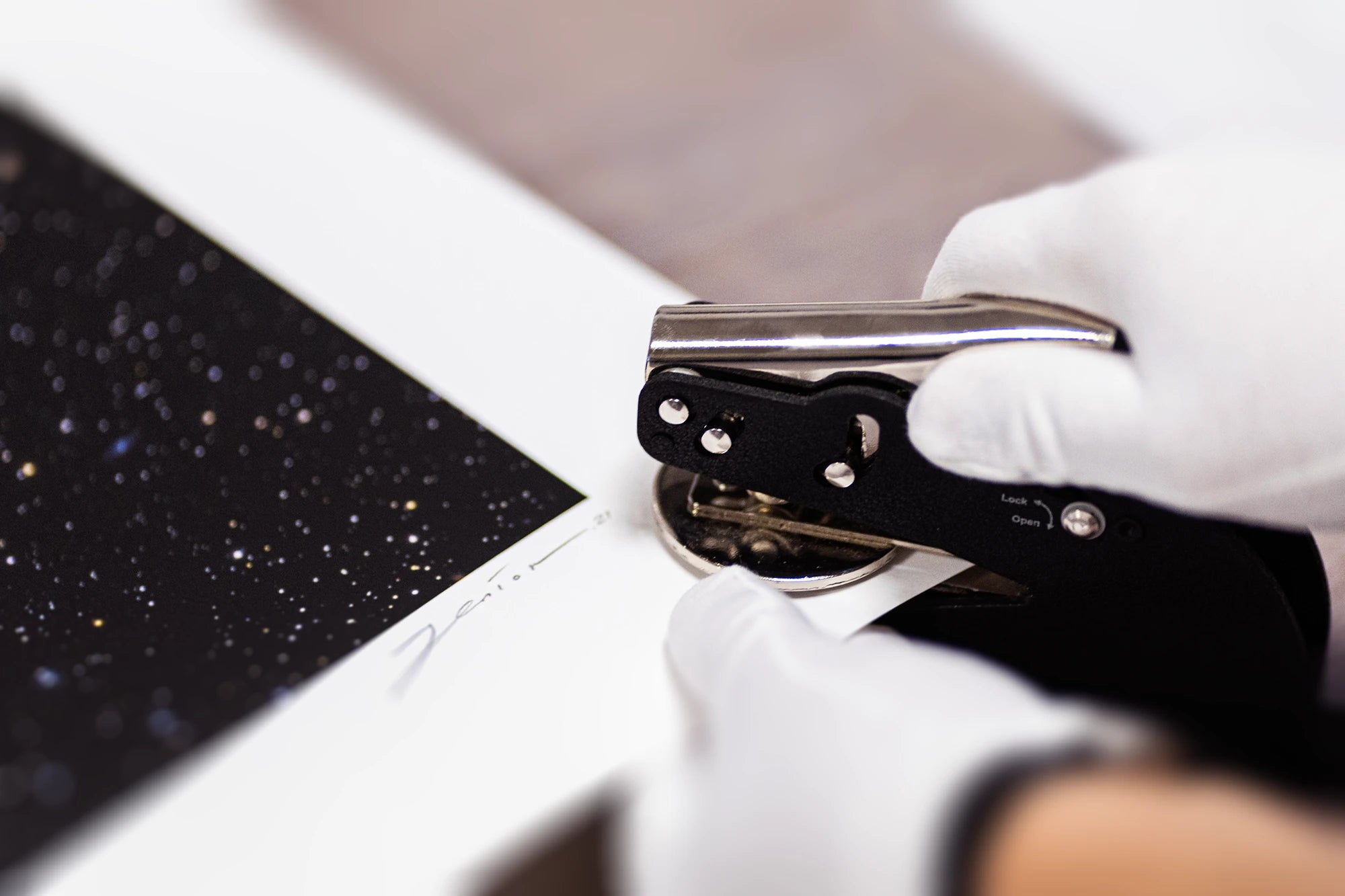
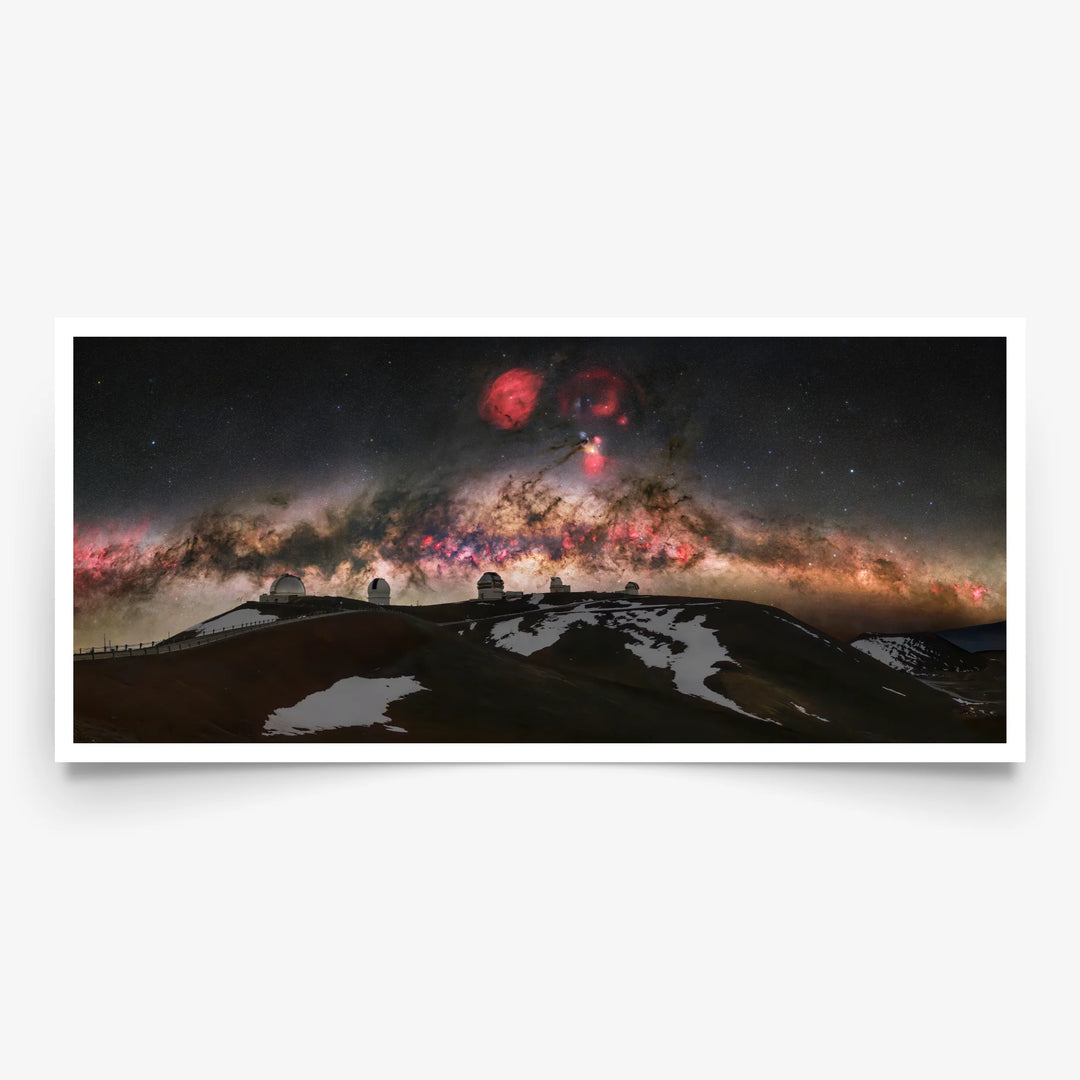
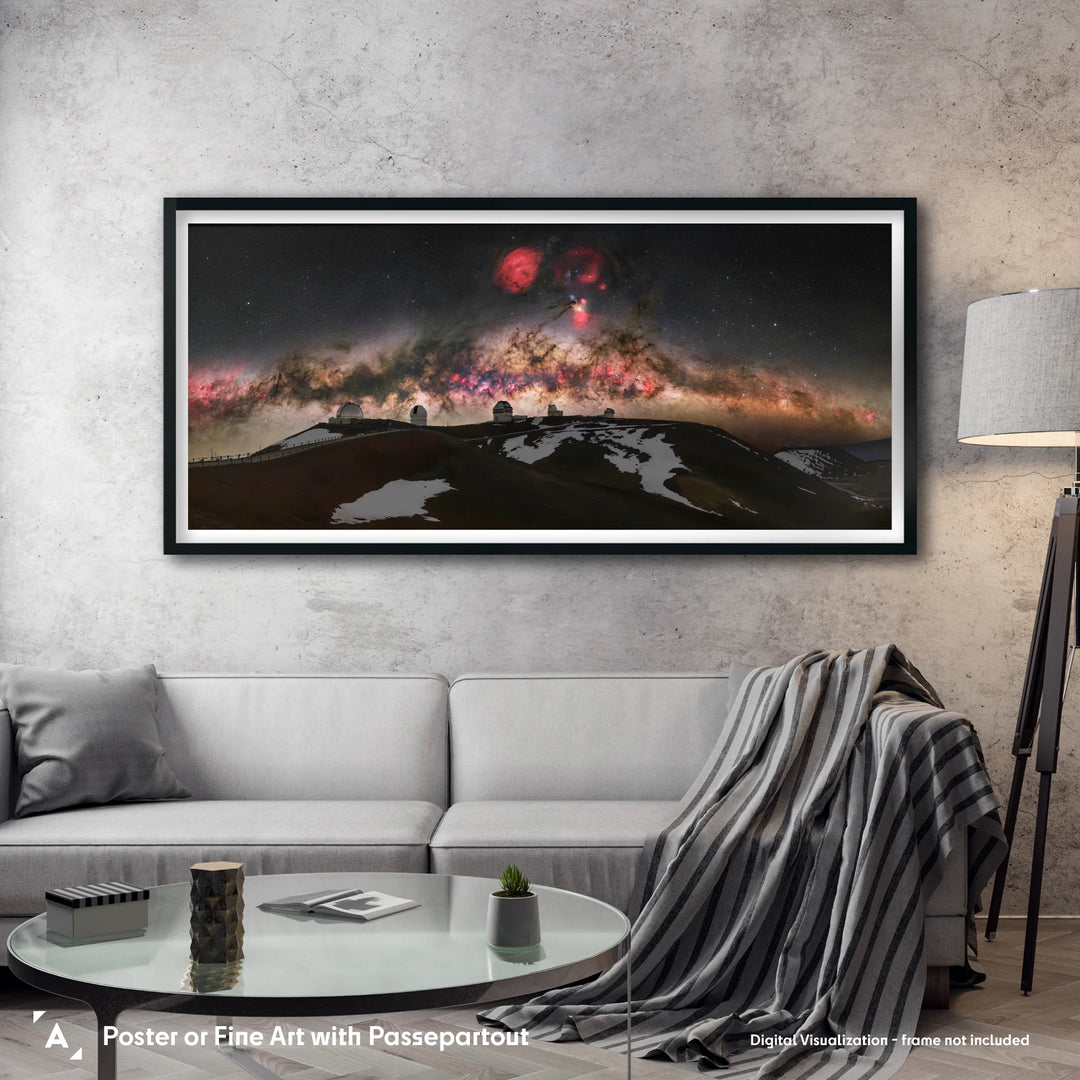
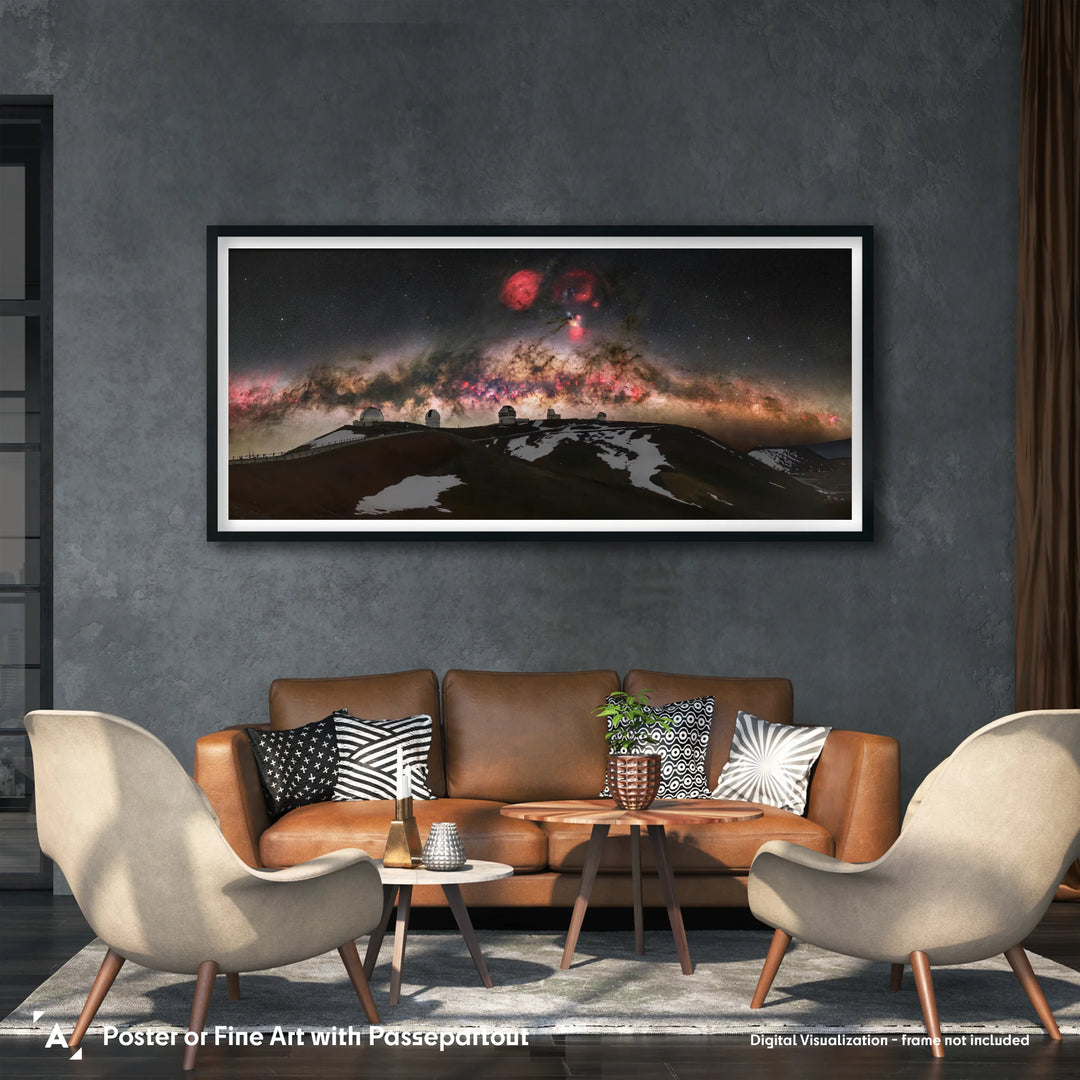
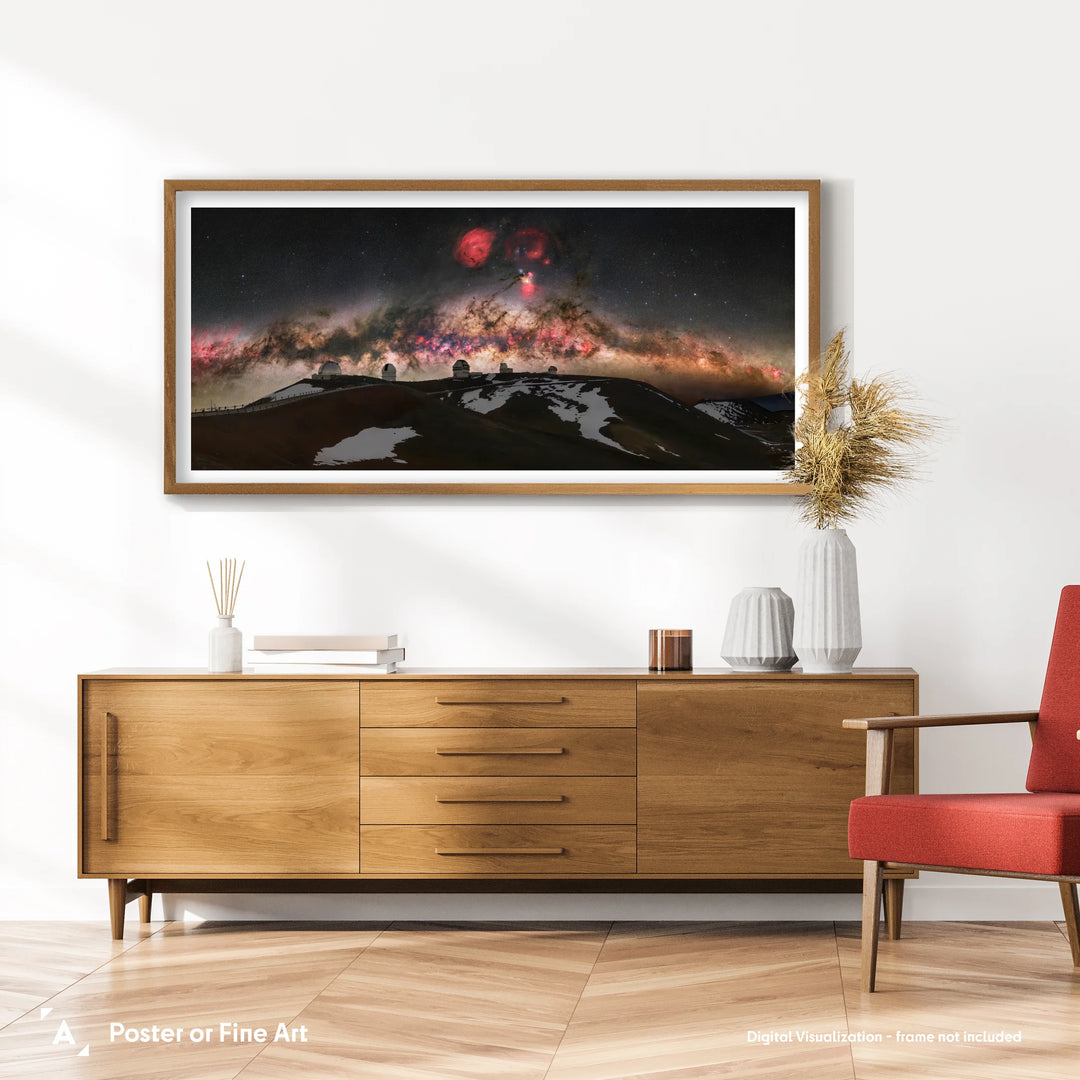
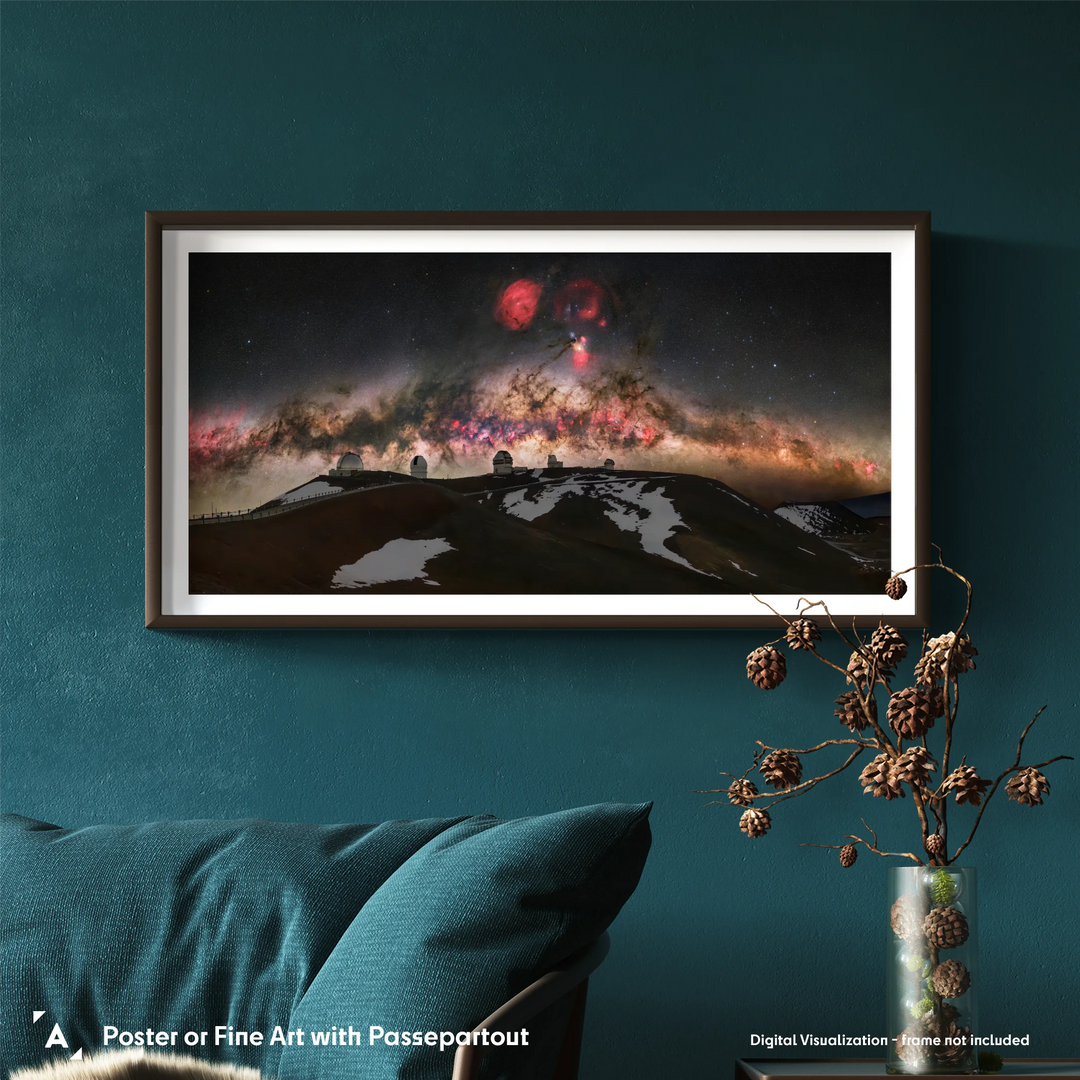
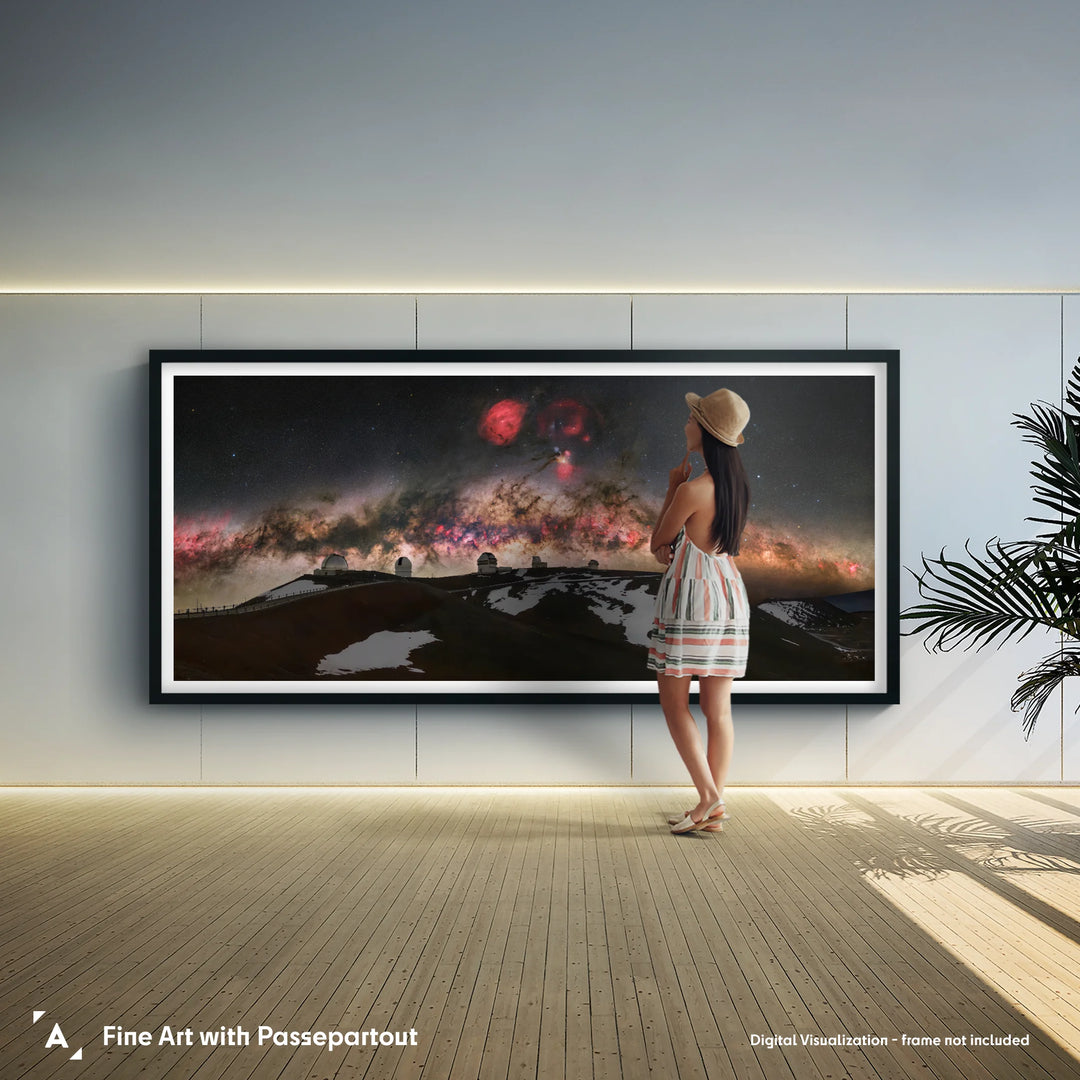
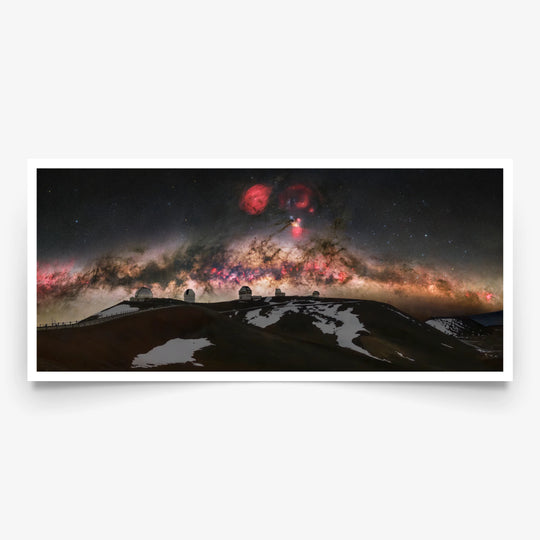
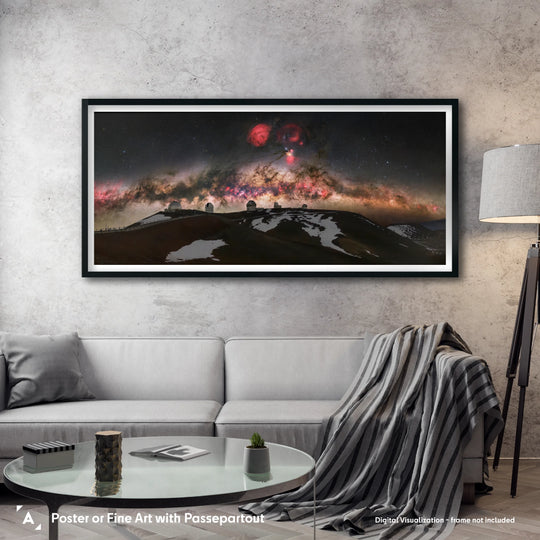
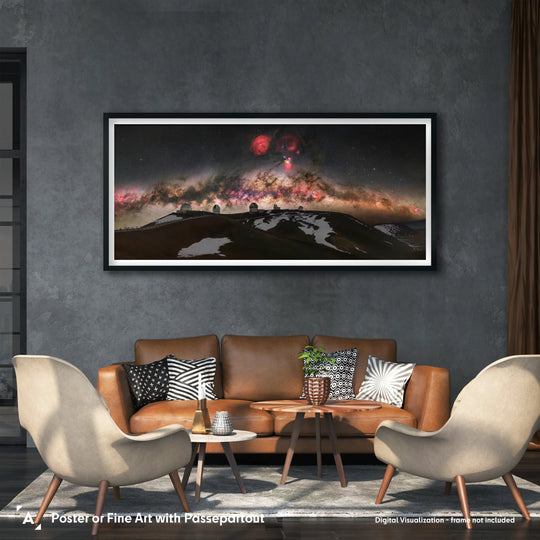
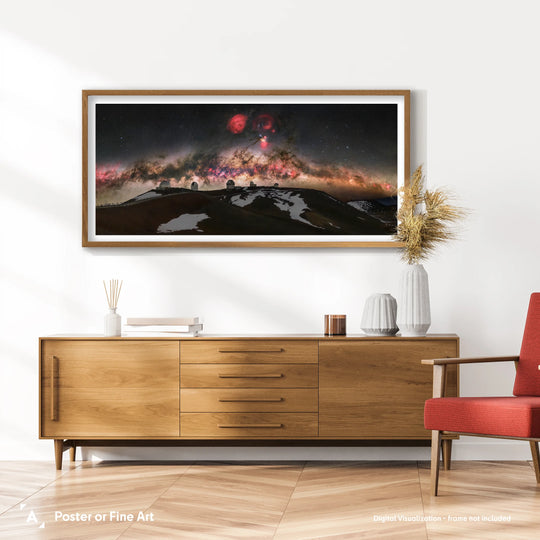
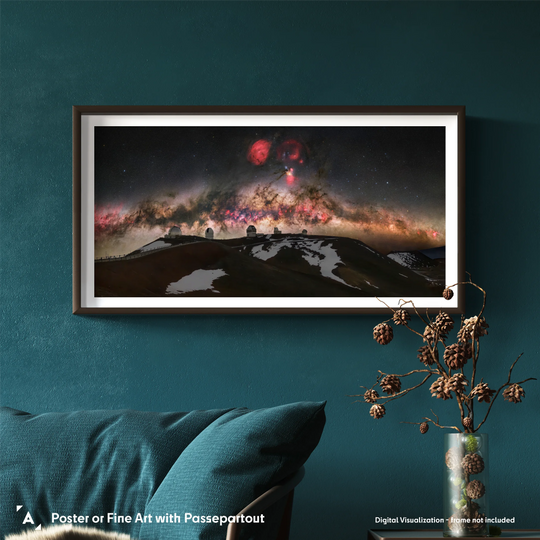
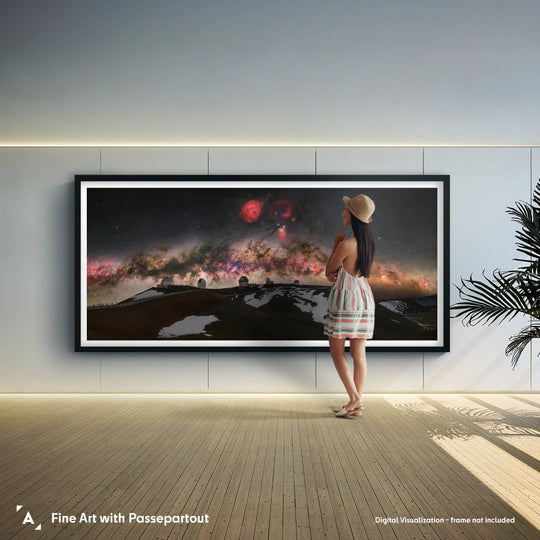


 Why This Print Deserves Your Wall
Why This Print Deserves Your Wall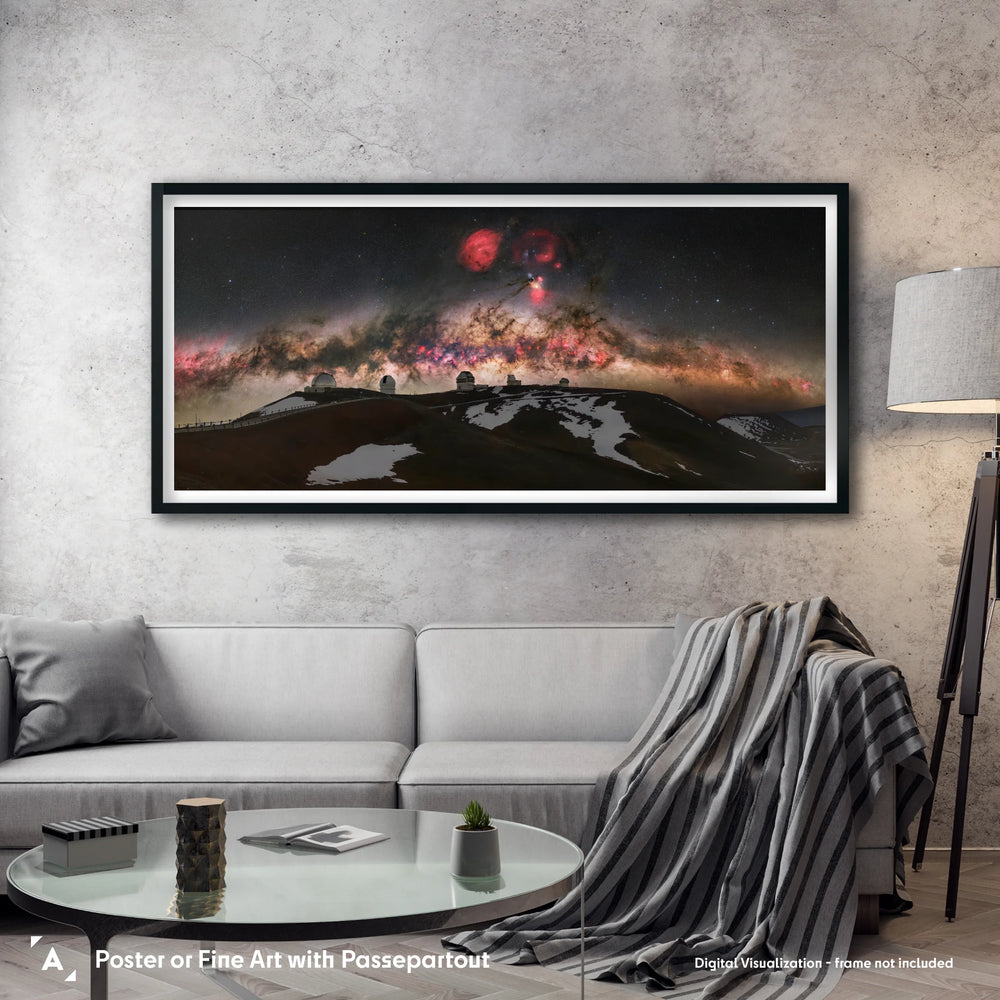
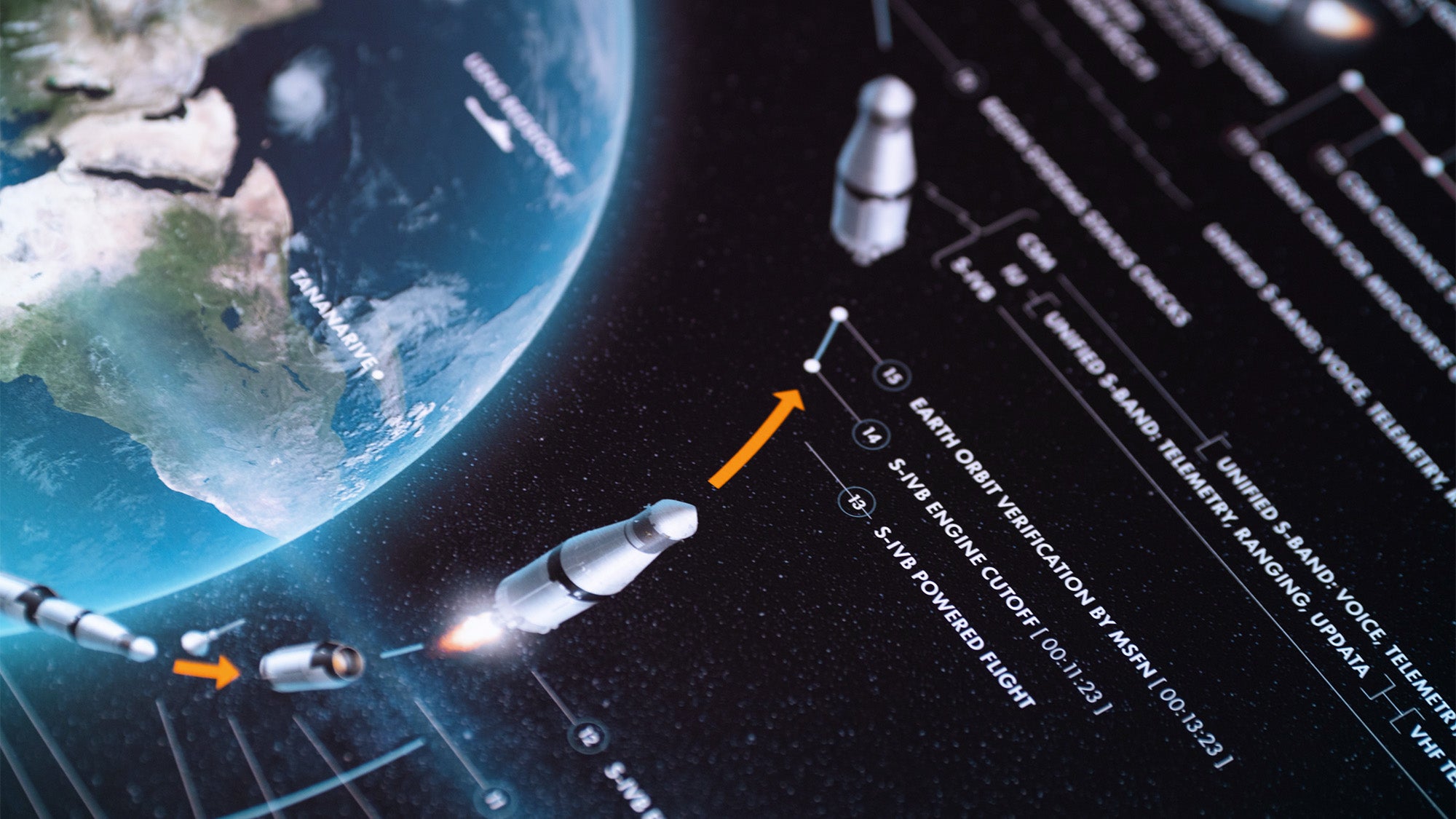
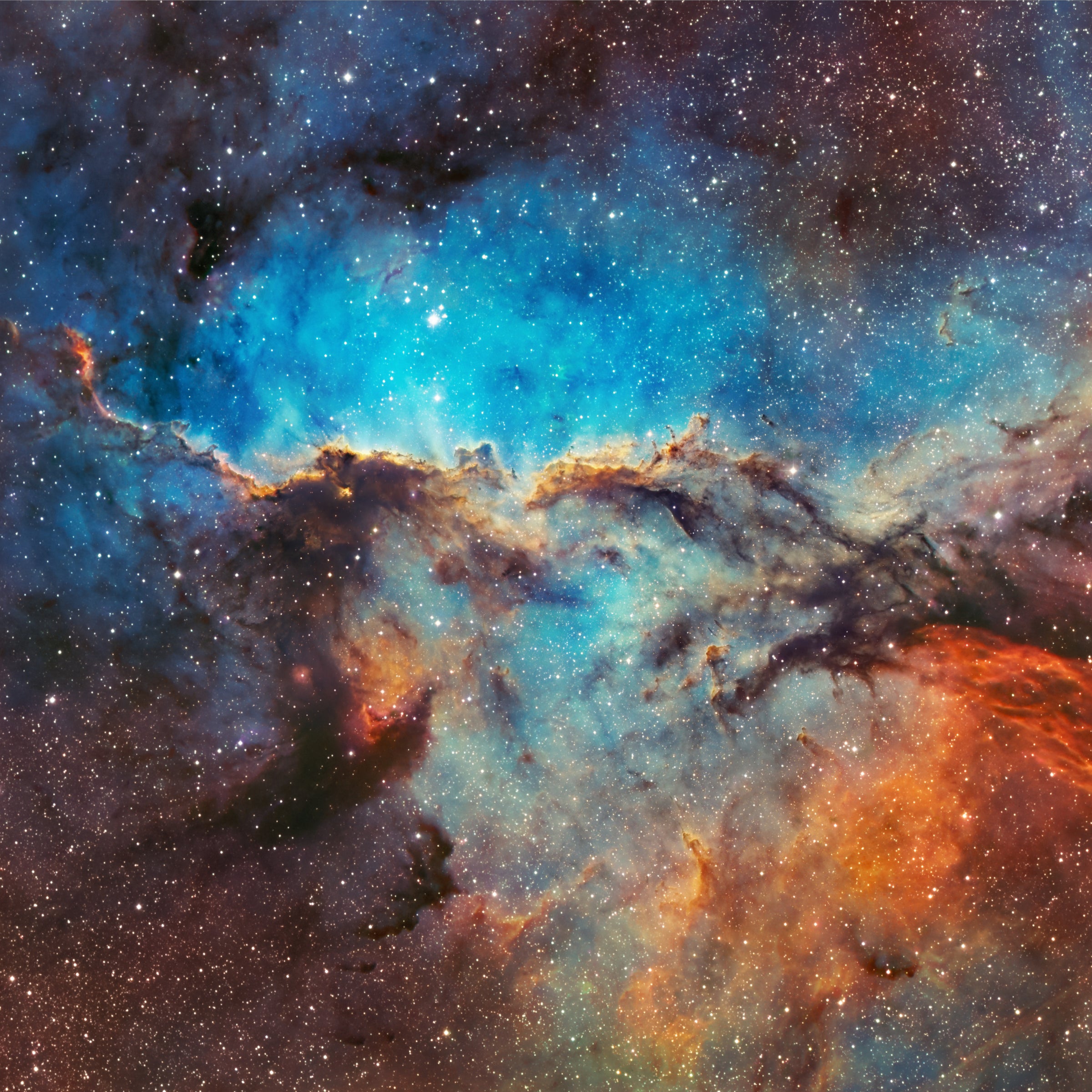
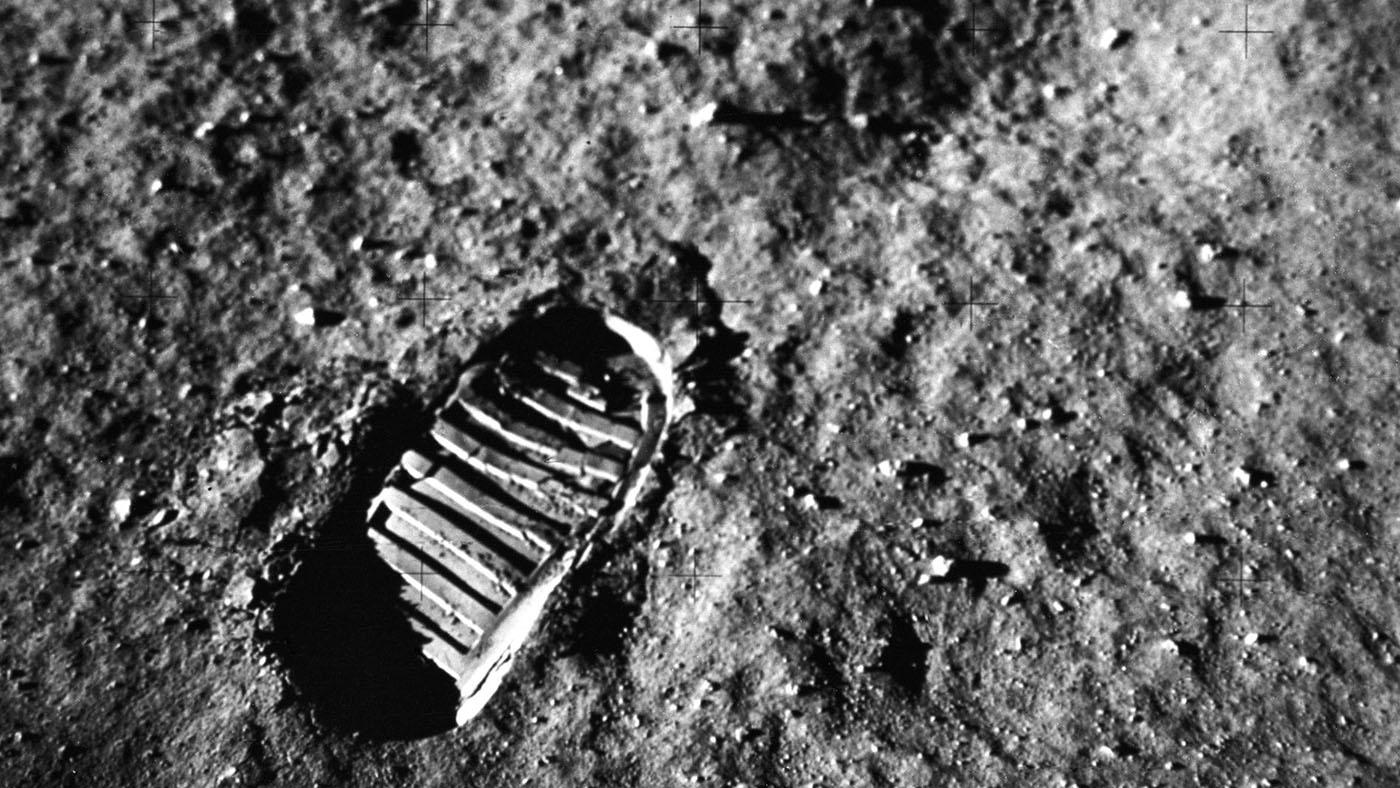
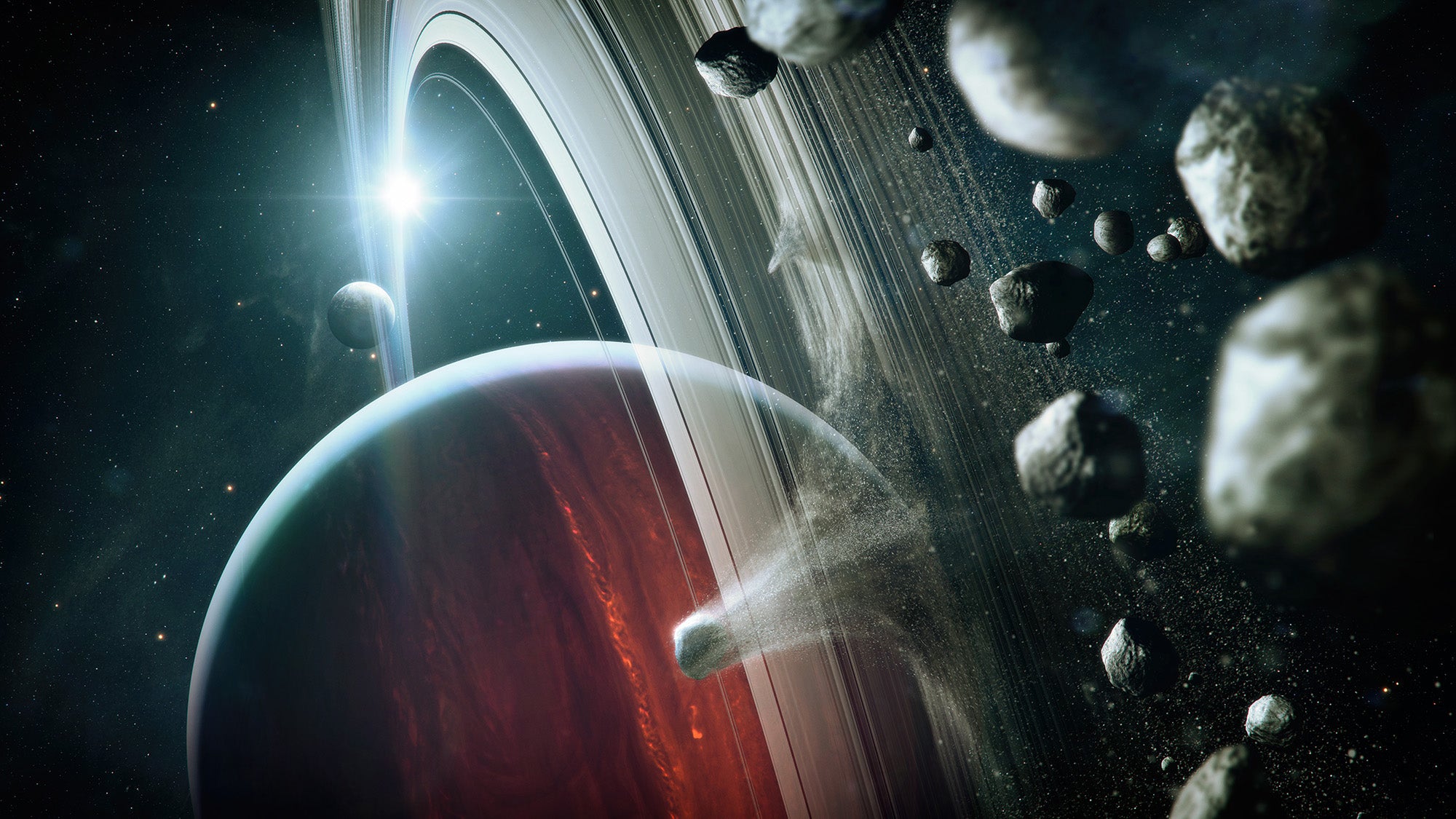
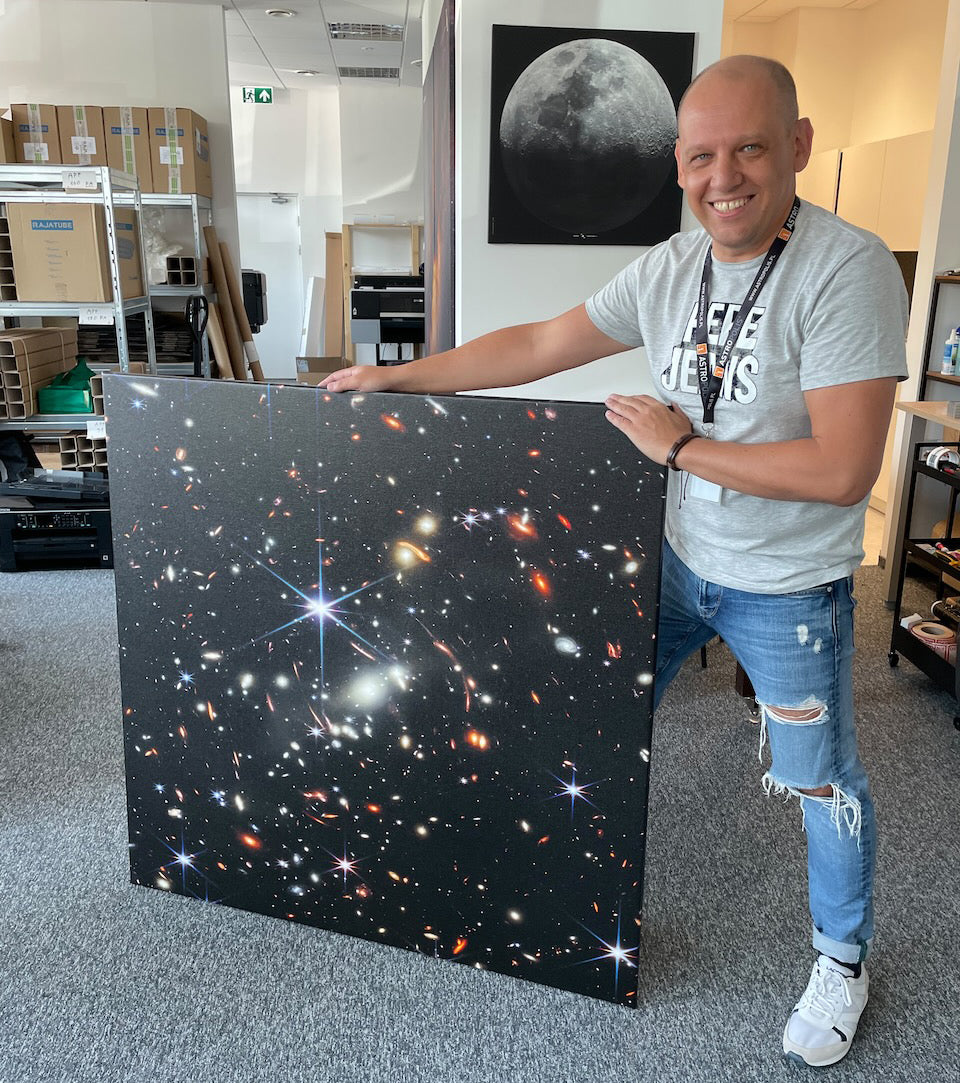
![4 Incredible Space Posters and Wall Art for Man’s Cave [Inspirations]](http://astrography.com/cdn/shop/articles/mans-cave-2-16x9-1_83814d94-574a-4782-a3a0-cf4e59620b81.webp?v=1763116144&width=1080)
